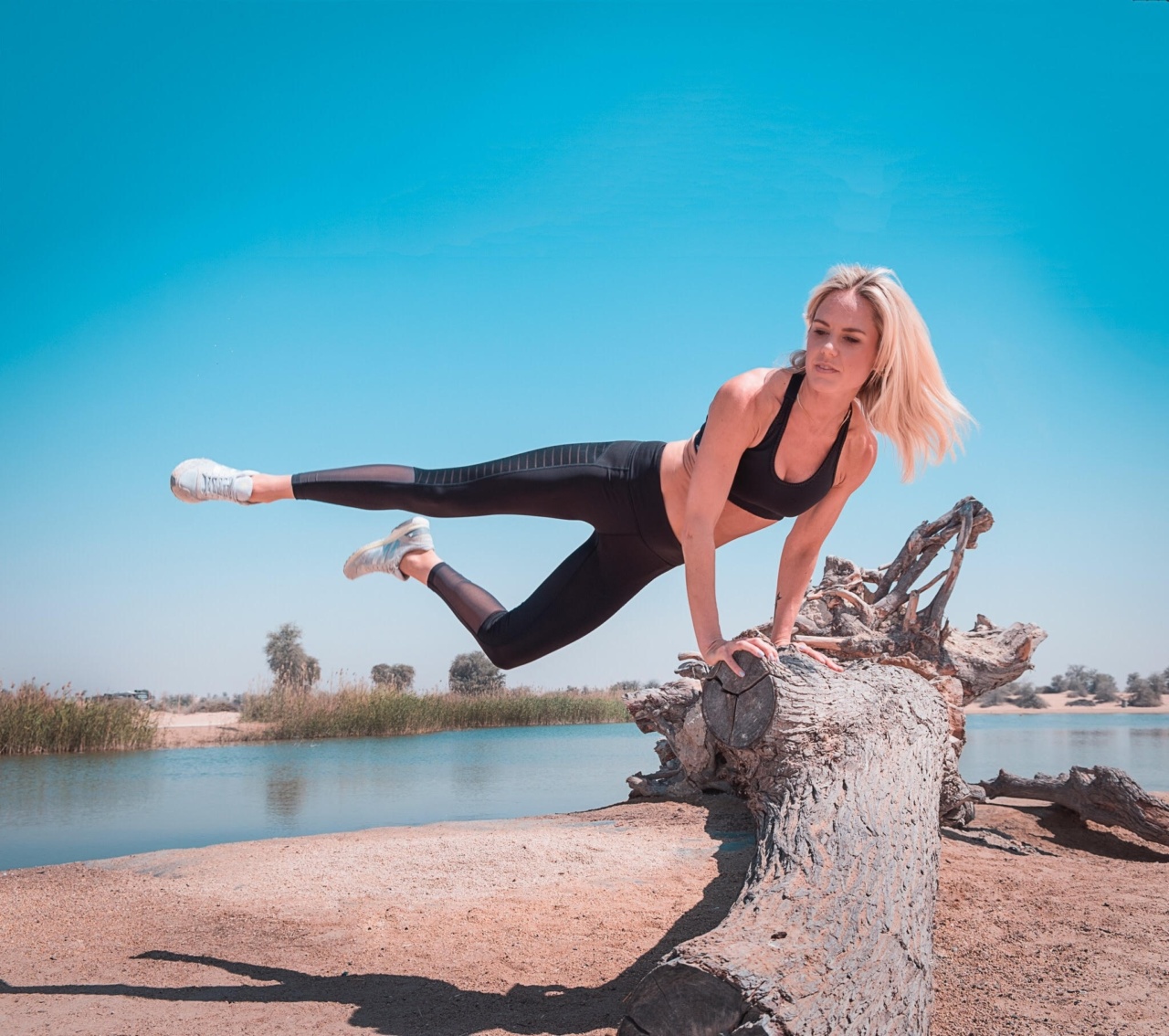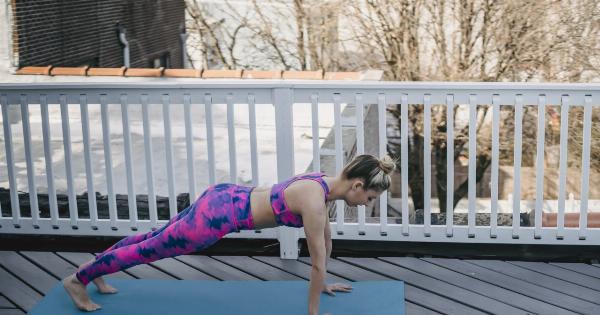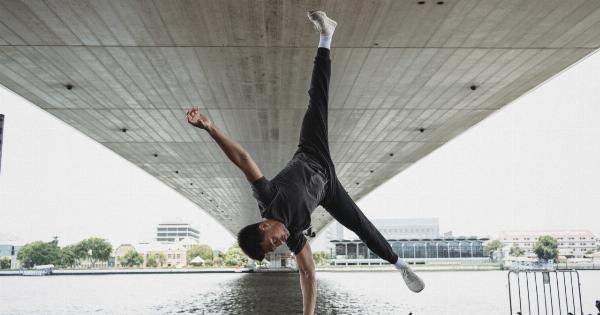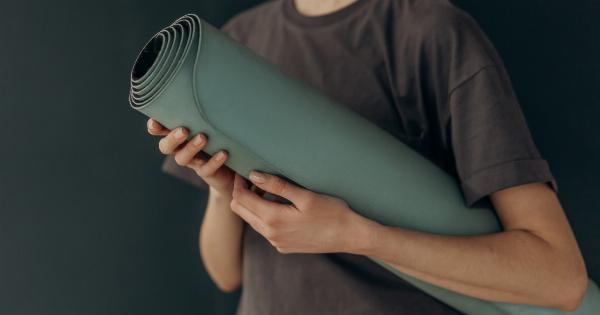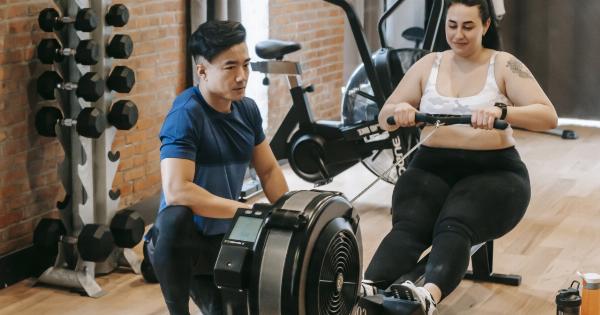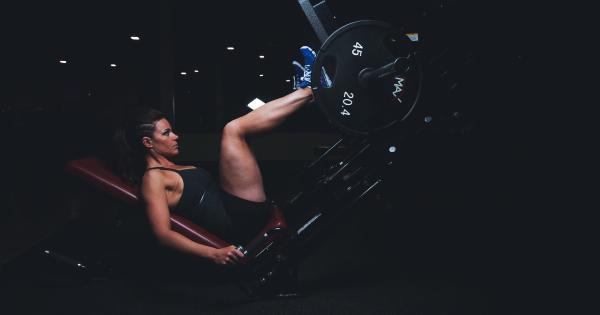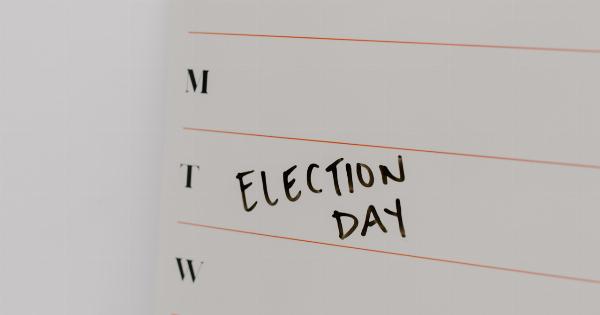In today’s fast-paced world, finding time to exercise can be challenging. However, with the right exercises and a little bit of dedication, you can strengthen your core and trunk muscles in just 20 minutes a day.
Gymnastic exercises are an excellent way to achieve this goal, as they combine strength, flexibility, and control to work multiple muscles simultaneously. In this article, we will outline the top 5 gymnastic exercises that can help you build a strong core and trunk.
1. Hollow Body Hold
The Hollow Body Hold is a foundational gymnastics exercise that targets the entire core, including the abs, obliques, and lower back. To perform this exercise, lie on your back with your arms extended overhead and your legs straight out.
Engage your core muscles by pulling your belly button towards your spine and lift your head, shoulders, and legs slightly off the ground. Maintain a tight, straight body position by pressing your lower back into the floor. Hold this position for as long as you can while maintaining proper form.
2. V-Ups
V-Ups are an advanced gymnastic exercise that challenges the core and hip flexors. To perform this exercise, lie on your back with your arms extended overhead and your legs straight out.
Simultaneously lift your upper body and legs off the ground, reaching your hands towards your toes to form a “V” shape. Slowly lower back down to the starting position and repeat for the desired number of repetitions. If you find the full V-Up too challenging, you can modify by bending your knees and reaching towards your shins instead.
3. L-Sits
L-Sits are a powerful exercise for building core and upper body strength. Begin by sitting on the floor with your legs extended out in front of you and your hands placed beside your hips.
Press through your hands and lift your body off the ground, keeping your legs straight and together. Your body should form an “L” shape. Hold this position for as long as you can while maintaining proper form.
If this exercise is too challenging initially, you can start by using blocks or parallettes to elevate your hands and make the exercise slightly easier.
4. Russian Twists
Russian Twists are a great exercise for targeting the obliques and improving rotational control. Sit on the ground with your knees slightly bent and your feet lifted off the floor. Lean back slightly and extend your arms straight in front of you.
Twist your torso to the right, bringing your hands towards the right side of your body. Then, twist to the left, bringing your hands towards the left side of your body. Alternate back and forth for the desired number of repetitions. To make this exercise more challenging, you can hold a weight or medicine ball in your hands.
5. Handstand Holds
Handstand Holds are a fantastic way to build shoulder and core stability. Start by facing a wall and place your hands on the floor shoulder-width apart. Kick your legs up against the wall, with your body fully extended and your core engaged.
Once in the handstand position, try to hold it for as long as you can without losing control. As you progress, you can start practicing freestanding handstands away from the wall, focusing on maintaining a straight body position and balancing your weight through your hands.
By incorporating these 5 gymnastic exercises into your workout routine, you can efficiently strengthen your core and trunk in just 20 minutes a day.
Remember to start with proper form and gradually increase the intensity as you become more comfortable with each exercise. Consistency and dedication are the keys to achieving a strong and resilient core that will support you in all aspects of life.
